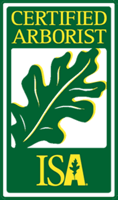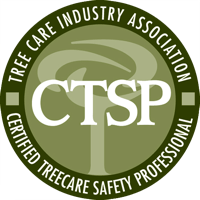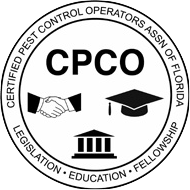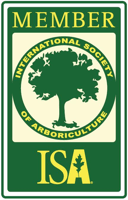7 Common Tree Hazards to Look Out for During Hurricane Season
Hurricane season in South Florida brings unpredictable weather, strong winds, and heavy rains that can wreak havoc on trees and properties. While the natural beauty of trees adds value to your property, they can become dangerous if not properly maintained. Recognizing and addressing potential tree hazards before a storm hits can save you from costly damage and liability issues.
Here are seven common tree hazards to watch for during hurricane season and why professional tree care is essential to keeping your property safe.
1. Leaning Trees
One of the most obvious signs of a potential tree hazard is a tree that is leaning noticeably. A lean can indicate underlying structural issues, such as weak roots or internal decay, making the tree more vulnerable to falling during high winds.
A leaning tree near your home, business, or parking areas poses a serious risk to property and safety. If you notice a tree leaning, especially after heavy rains or a storm, it’s crucial to have it inspected by a professional arborist. They can determine whether the tree can be stabilized or if removal is the safest option.
2. Overgrown or Overhanging Branches
Overgrown branches that extend over buildings, power lines, or walkways are a common hazard during hurricane season. High winds can easily break these branches, leading to significant damage to roofs, vehicles, or utility infrastructure.
Regular pruning by a professional tree service can reduce the risk of falling branches while also improving the overall health and structure of the tree. Addressing overgrowth before a storm arrives ensures a safer environment for your property and community.
3. Weak or Dead Branches
Dead or weakened branches are particularly susceptible to breaking during a storm. These branches often go unnoticed until they fall, causing damage or injury. Signs of weak branches include visible cracks, peeling bark, or an absence of healthy leaves.
Professional tree maintenance can identify and remove these vulnerable branches, reducing the risk of them becoming projectiles in high winds. Pruning also encourages healthy new growth, keeping your trees strong and resilient.
4. Weak or Exposed Root Systems
Strong root systems are the foundation of a healthy, stable tree. However, trees with exposed, damaged, or shallow roots are more likely to topple during hurricanes. Root issues can result from soil erosion, poor planting practices, or previous storm damage.
If you notice exposed roots or a tree that appears unstable, it’s vital to consult with a tree care professional. They can assess the root system and recommend steps to stabilize the tree or determine if removal is necessary to prevent a future hazard.
5. Trees with Internal Decay or Disease
Tree decay or disease is often hidden inside the trunk, making it difficult to spot without a trained eye. Internal decay weakens the tree’s structure, leaving it prone to breakage or collapse during severe weather. Common signs of decay include mushroom growth at the base, hollow trunks, or unusual bark patterns.
Regular tree inspections by a certified arborist can detect these issues early, allowing for timely treatment or removal to protect your property and nearby structures.
6. Cluttered Tree Canopies
Trees with dense, cluttered canopies can act like sails during high winds, increasing the likelihood of uprooting or branch breakage. A thick canopy also prevents wind from passing through, putting additional stress on the tree’s structure.
Thinning the canopy through proper pruning allows wind to flow more freely, reducing strain and improving the tree’s resilience during storms. This is a proactive step that can significantly lower the risk of damage during hurricane season.
7. Proximity to Power Lines and Structures
Trees growing too close to power lines, homes, or other structures present a heightened risk during hurricanes. Falling branches can cause power outages, property damage, or even injuries. In some cases, trees may interfere with evacuation routes or emergency access.
Professional tree services ensure that trees are safely trimmed or removed if they pose a threat to critical infrastructure. This is especially important in South Florida, where power outages and storm-related damage can quickly escalate.
Why Proactive Tree Care Matters
Addressing tree hazards before hurricane season can save you from costly damage, liability, and the stress of emergency repairs. South Florida’s unique climate makes regular tree care an essential part of property maintenance. By investing in professional services, you ensure the safety and longevity of your trees while protecting your home or business.
Trust Zimmerman Tree Service for Hurricane Tree Preparation
At Zimmerman Tree Service, we specialize in preparing South Florida properties for hurricane season. Our certified arborists have years of experience identifying and mitigating tree hazards to keep your property safe. From pruning overgrown branches to stabilizing leaning trees, we provide comprehensive solutions tailored to your needs.
Contact Us for a Free Quote
Don’t wait until a storm is on the horizon. Contact Zimmerman Tree Service today for a free quote on hurricane tree preparation. Let us help you protect your property and ensure peace of mind this hurricane season. Call us or schedule an inspection with our expert team online today!





